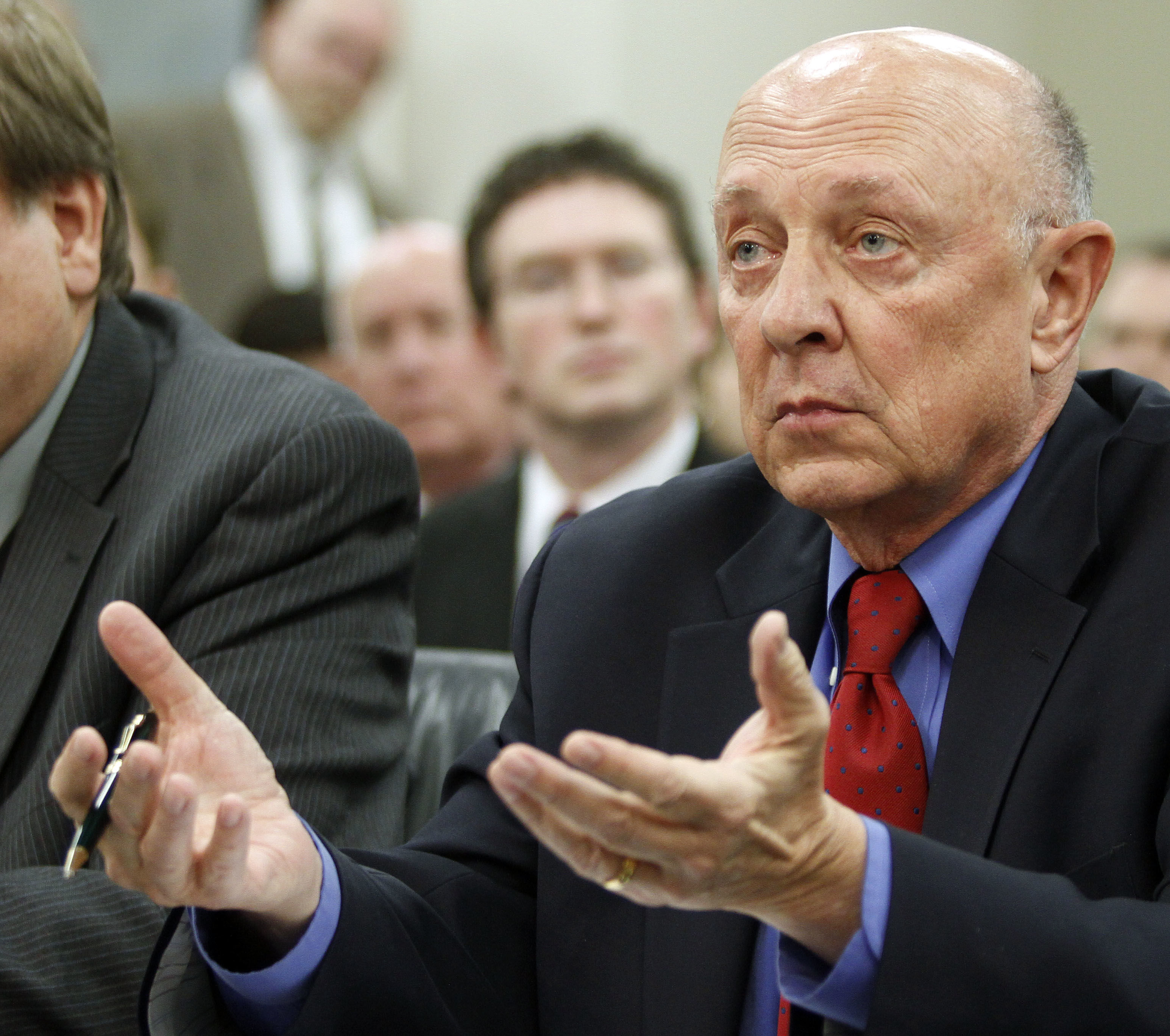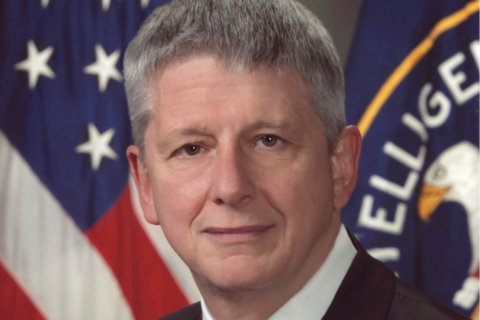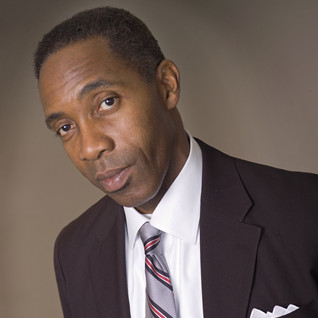In WTOP’s three-part series “The Fog of Espionage,” WTOP national security correspondent J.J. Green delves into what is driving an unprecedented surge in espionage against the U.S., where it’s coming from, what the spies are after, what it’s like to be a spy and what lies ahead.
Read Part 1: Millions of spies target the US, creating unprecedented, existential threat
Read Part 2: A day in the life of an American spy abroad

On the morning of Feb. 2, 1993, Jim Woolsey sat in a confirmation hearing to become the director of the CIA and made a sobering statement: the Soviet Union had collapsed; the Cold War was supposedly over.
It was the conclusion of a brutal, tense, all-or-nothing, 40-year struggle during which much of the world teetered on the brink of possible extinction with powerful arrays of nuclear weapons on both sides.
Political pressure, Western intelligence victories and paranoia among the Soviet leadership — according to historical documents — eventually toppled the communist regime and the U.S. emerged as the world’s only remaining superpower.
Woolsey told the Senate Select Committee on Intelligence that morning, “We have slain a large dragon. But we live now in a jungle filled with a bewildering variety of poisonous snakes. And in many ways, the dragon was easier to keep track of.”
That statement became legend to many in the intelligence community over the last 26 years; many have called it prophetic. But, speaking to WTOP on Sept. 17, 2019, Woolsey said he was wrong.
“It looks like the dragon wasn’t slain after all,” he said. “It’s wounded and angry.”
Woolsey’s turnaround is rooted in the rise of Russian espionage activities and a newfound sense of power that began secretly germinating immediately after the collapse of the Soviet Union.

Oleg Kalugin, a former major general in the KGB who later left Russia and settled in the U.S., said he agreed with Woolsey’s reassessment.
“There is no longer a Stalinist, brutal, Soviet system. It has changed,” said Kalugin. “In Stalin’s time, millions died in concentration camps or were shot as traitors or spies. Stalin’s time was comparable only to Hitler’s time.”
But Russia’s aggressive activities today are driven by the nostalgia of President Vladimir Putin, Kalugin’s former subordinate in the KGB, for the brutal Soviet era.
Kalugin said Putin has ended all progress in Russian political life and, by extension, charted a troubling course.
David Kilcullen, a former U.S. military adviser, believes part of the problem began when the U.S. shifted its focus after Woolsey’s pronouncement in 1993.
“For exactly 10 years, from February 1993 to March 2003, we lived in a Woolseian security environment, where we just worried about nonstates, failing states and weak states — things like peacekeeping in Bosnia, or Rwanda or Somalia.”
Kilcullen said the mistake was that “we didn’t worry about state adversaries, because the Russians were gone from the scene as a major adversary temporarily.”
New threats
Since Russian meddling in the 2016 election was exposed, the U.S. intelligence community and its allies have come face to face with the reality that the surviving “dragon” Woolsey referred to is nowhere near as big as the Soviet behemoth of the Cold War era, but it’s nimble and just as lethal.
Several Western intelligence sources say Russia is now one of the “poisonous snakes” Woolsey referred to.
Much of its deadliness was exposed in last year’s failed assassination attempt of former KGB officer Sergei Skripal, who defected to the UK, and his daughter Yulia. British intelligence determined both were poisoned by the GRU, Russia’s military intelligence branch.
More recently, Zelimkhan Khangoshvili, a former Chechen military commander who fought against the Russian military in 2008, was shot dead in a park in Berlin in broad daylight by a man authorities believe is linked to Russian intelligence.
The brazen attacks reflect the departure from decades-old tactics designed to conceal assassinations, which are referred to as “liquidation” operations in intelligence circles.
The evolution of espionage has worsened the problem for the U.S. and its allies, Woolsey said, because “espionage, in the sense of recruiting spies and doing brush passes and various techniques of espionage and stealing data as paper reports and so forth, in a lot of ways has gone with the wind.”
The most dangerous part of the scenario facing the U.S., he said, is the variety of new and different threats related to the shadowy world of espionage.
“It’s not that espionage is unimportant; certainly, getting a hold of data is important. But a lot more data has been stolen, by people like (Edward) Snowden and others, who consider themselves heroes and operate for different types of purposes than would’ve been the case during the Cold War.”
Spy activity linked to the Chinese government might be the most troubling threat of all. U.S. officials have noticed a spike in the theft of technology linked to Beijing in recent years.
“I do believe that it is China that invests more in that realm of activity,” said John Negroponte, the first U.S. director of national security (2005-2007). “They’re in a stage of their development that they want to make great strides to become the most significant economic power in the world, by 2025.”
“They send something like 250,000 students to the United States every year,” said Negroponte, “and many of them to study the STEM disciplines.”
He, like other current and former U.S. intelligence and law enforcement officials WTOP spoke to, said clearly that it is important to distinguish between spies and legitimate students.
“I’m not trying to say that every [Chinese student] is a card-carrying spy. I don’t think the Chinese who come over here to study economics or history or political science are just ipso facto gathering information for their government,” said Negroponte.
That said, he believes the U.S. needs to take action.
“Our relationship with China, which has become somewhat more adversarial in the last couple years — that’s something we have to pay more attention to.”
U.S. officials say most people outside intelligence circles don’t know that the Chinese government places heavy pressure on students and business people who come to the U.S. for legitimate purposes to report back to the government when they return home.
Russia and China are the key espionage threats to the U.S.; others include Iran, North Korea and, perhaps most importantly, Cuba, which FBI Special Agent Pete Lapp called peerless when it comes to recruiting spies: “They develop human sources, in my opinion, like no one else.”
Lapp investigated the case of Ana Montes, a former DIA analyst who spied for Havana for 15 years before being arrested. He said, “The Cuban regime has survived because they’re so good at collecting intelligence.”
US espionage capabilities
The escalating global espionage war and associated new technologies have created a need for intelligence agencies around the world to urgently address the threat.
The number of Americans engaged in espionage on behalf of the U.S. is classified. The closest any official has come to any quantitative assessment happened on April 21, 2006, when Negroponte gave an astonishing speech at the National Press Club.
He said the U.S. global spying operation numbered nearly 100,000 people engaged in stealing secrets and evaluating information designed to guard U.S. national security.
Negroponte told WTOP in July that, in addition to fulltime-equivalent personnel, “in the wake of 9/11, there was something on the order of another 100,000 people serving in the intelligence community as contractors. I don’t know what’s happened to those figures now, but I suspect they are substantially the same. Maybe the number of contractors has come down a bit.”
In an April speech at Auburn University, CIA Director Gina Haspel said they’re sending more people into the field. “Not only case officers,” she said, “but analysts, technical experts and others.
“It all comes down to this: If you have a bigger footprint overseas, you can get more done where it really counts.”
The CIA is making a strong pitch, and Americans are biting, Haspel said.
“Our mission demands that we draw deeply from our nation’s rich and diverse talent pool. We just had our best recruiting year in a decade, and we’ll do whatever it takes to make the agency an employer of choice for all Americans,” Haspel said.
The CIA declined to elaborate on its recruitment or staffing numbers.
While the number of people working in the shadows, engaged in espionage on behalf of the U.S., is unknown, a growing number of Americans have been caught spying against the U.S.
More than 20 face espionage charges or are serving sentences in federal prisons in cases in the last 18 months.








